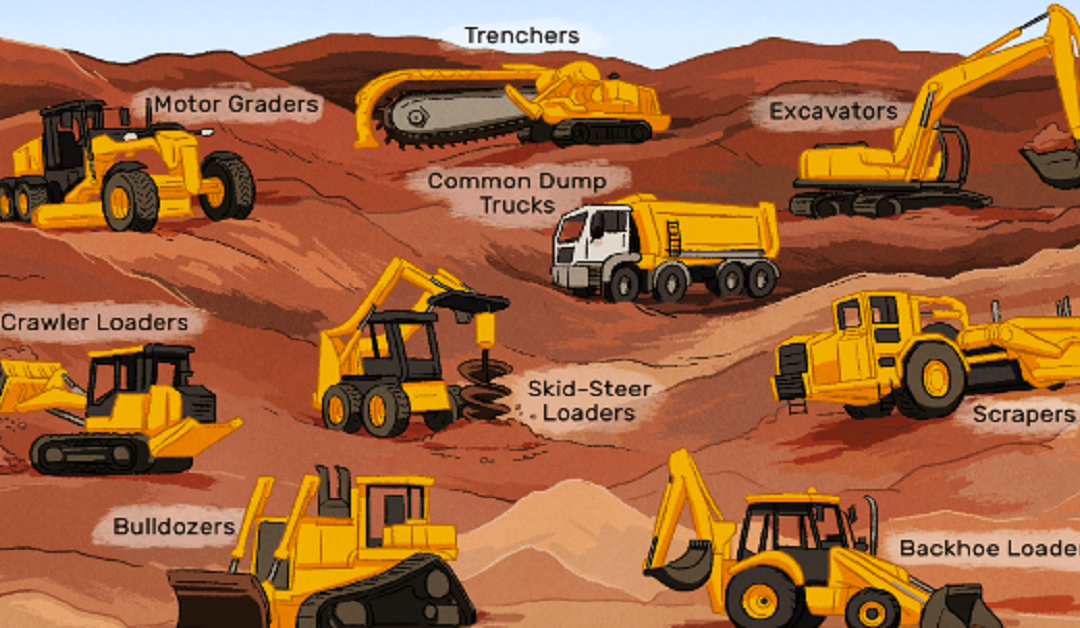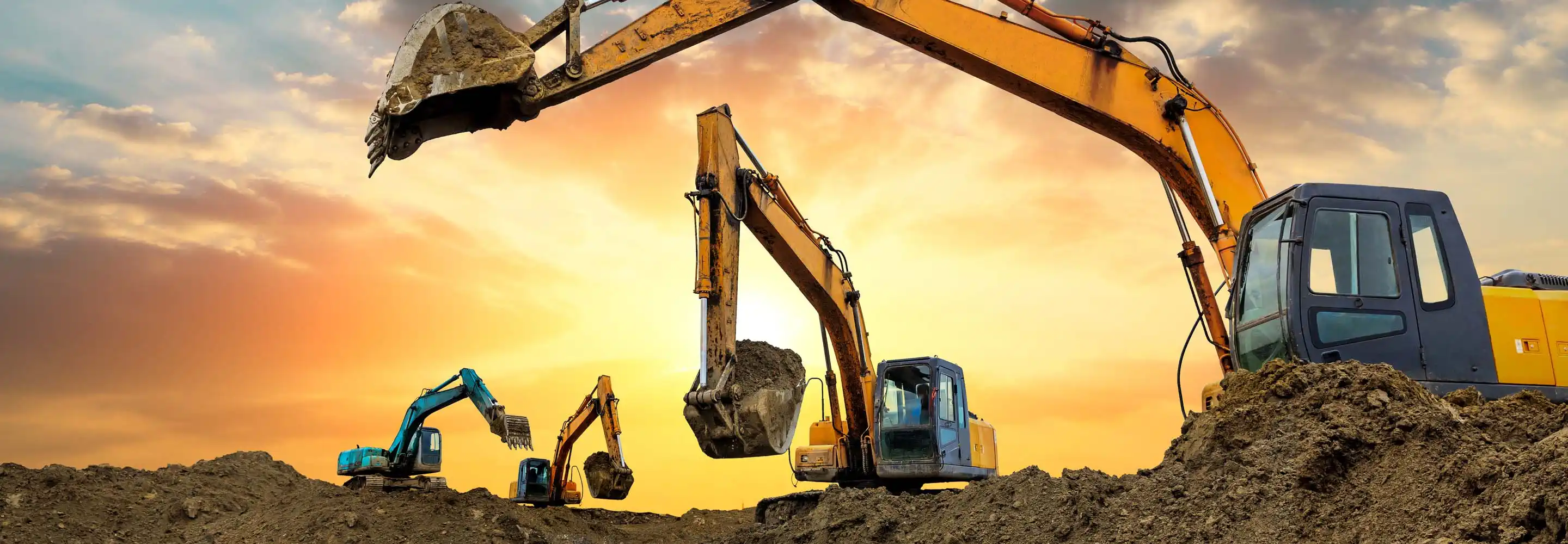Heavy Equipment Rental: High-Quality Machinery for Rent
Wiki Article
Renting Vs. Acquiring Construction Equipment: Making the Right Selection for Your Job
When embarking on a construction project, one of the vital decisions that project supervisors and stakeholders encounter is whether to lease or get construction devices. Both options have their downsides and advantages, making the option an essential one in the task preparation procedure. The choice depends upon different factors such as price considerations, job duration, equipment maintenance, adaptability, scalability, and threat administration. Each element plays a crucial role in determining one of the most suitable path for the job's devices needs. boom lift rental. Allow's check out these variables even more to recognize exactly how they affect the decision-making procedure and eventually the success of the project.Price Factors To Consider
Leasing devices often calls for reduced initial repayments contrasted to purchasing, making it an eye-catching option for temporary tasks or contractors with spending plan restrictions. In the lengthy run, consistently leasing devices can accumulate greater expenses than buying, particularly for extensive jobs.On the various other hand, getting construction devices entails higher in advance prices however can result in long-lasting financial savings, especially for constant customers or long-lasting jobs. Owning tools offers adaptability, benefit, and the potential for resale value once the job is completed. Furthermore, possessing equipment enables personalization and experience with certain machinery, potentially increasing effectiveness and performance on-site. Eventually, the decision in between buying and leasing building and construction equipment hinges on the job's duration, frequency of use, budget plan considerations, and long-term financial goals.
Task Period

Conversely, for long-term projects or ongoing building and construction job, getting devices might be the extra affordable choice. Getting equipment can lead to set you back savings in the long run, particularly if the tools will certainly be often used. Moreover, possessing equipment gives a sense of control over its availability and permits customization to fit details job demands.

Devices Upkeep
Offered the vital duty task duration plays in determining one of the most cost-effective approach in between renting and getting construction devices, the emphasis currently moves towards taking a look at the crucial facet of tools maintenance. Correct upkeep is essential for ensuring the optimal efficiency and durability of building equipment. Renting out devices commonly includes the advantage of having well-maintained equipment given by the rental firm. This can alleviate the concern of maintenance jobs from the project owner or service provider, saving time and initiative. On the other hand, possessing equipment calls for an aggressive method to upkeep to protect against break downs, guarantee safety, and expand the devices's life-span. Routine examinations, maintenance, and prompt fixings are essential to keep owned devices in top functioning condition. Consider upkeep prices when determining in between renting out and getting, as overlooking upkeep can lead to expensive fixings, downtime, and project delays. Inevitably, a properly maintained building and construction devices fleet, whether rented out or had, you could try this out is essential for the efficient and effective completion of construction jobs.Adaptability and Scalability
In the realm of building equipment monitoring, the aspect of adaptability and scalability holds considerable significance for project performance and resource utilization. Deciding to rent building devices offers a high degree of flexibility as it permits for the quick modification of equipment kinds and quantities based on the developing requirements of a job.Moreover, scalability, an additional critical factor, is inherently linked to adaptability. Renting construction devices supplies the benefit of conveniently scaling procedures up or down as project demands vary. Contractors can swiftly add or trade devices to match the project's changing needs without the restraints of owning possessions that may become underutilized or out-of-date. This capacity to range resources effectively can lead to expense savings and improved project timelines, making renting a favorable alternative for tasks calling for flexibility and receptive source allocation.
Risk Administration
Reliable threat management in building and construction equipment procedures is extremely important to guaranteeing task success and mitigating potential monetary losses. Building and construction jobs naturally involve various threats, such as devices failures, crashes, and task delays, which can significantly influence the task about his timeline and budget. By thoroughly thinking about the threats connected with owning or leasing building and construction devices, task managers can make enlightened choices to minimize these potential dangers.Renting out construction tools can provide a degree of threat mitigation by moving the responsibility of repair and maintenance to the rental firm. This can reduce the financial worry on the job proprietor in situation of unexpected tools failures (forklift rental). Furthermore, leasing gives the versatility to accessibility specialized devices for details project stages, reducing the threat of owning underutilized equipment
On the other hand, owning building and construction equipment supplies a sense of control over its usage and maintenance. Nevertheless, this likewise suggests bearing the full responsibility for repair services, upkeep prices, and depreciation, enhancing the economic dangers linked with equipment ownership. Careful risk analysis and consideration of elements such as task duration, tools utilization, and upkeep demands are important in figuring out the most ideal alternative for reliable risk administration in building and construction projects.
Final Thought
To conclude, when deciding in between acquiring and renting building devices, it is necessary to consider cost, job period, devices upkeep, threat, scalability, and adaptability monitoring. Each aspect plays a vital role in establishing one of the most ideal choice for the project at hand. By carefully examining these aspects, job supervisors can make an enlightened choice that lines up with their budget, timeline, and total Get More Info job goals.
Report this wiki page